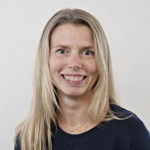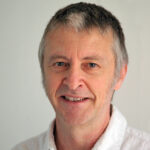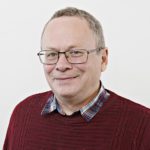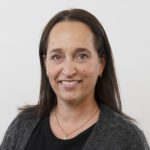Transcriptomic characterization of transitioning cell types in the skin of Atlantic salmon
Publication details
Journal : BMC Biology , vol. 23 , p. 1–20 , 2025
International Standard Numbers
:
Electronic
:
1741-7007
Publication type : Academic article
Issue : 1
Links
:
DOI
:
doi.org/10.1186/s12915-025-021...
ARKIV
:
hdl.handle.net/11250/3190241
NVA
:
nva.sikt.no/registration/0198c...
Research areas
Farmed fish
If you have questions about the publication, you may contact Nofima’s Chief Librarian.
Kjetil Aune
Chief Librarian
kjetil.aune@nofima.no
Summary
Background The skin maintains the body’s integrity and serves as the first line of defence against pathogens, stressors and mechanical injuries. Despite the global significance of salmon in aquaculture, how the transcriptomic profile of cells varies during wound healing remains unexplored. Teleost’s skin contains adult pluripotent cells that differentiate into various tissues, including bone, cartilage, tendon, ligament, adipose, dermis, muscle and connective tissue within the skin. These cells are pivotal for preserving the integrity of skin tissue throughout an organism’s lifespan and actively participate in the wound healing processes. In this study, we characterize the transcriptomic profiles of putative mesenchymal stromal cells (fibroblast-like adult stem cells) in healthy Atlantic salmon tissue and during the wound healing process. Results Single-nucleus sequencing and spatial transcriptomics were used to detect transcriptomic changes occur ring during wound healing that are commonly associated with mesenchymal stromal cells. We followed the transcriptomic activity of these cells during an in vivo wound healing time course study showing that these cells become more transcriptionally active during the remodelling stage of wound healing. The changes detected give insights into the potential differentiation pathways leading to osteogenic and fibroblast lineages in the skin of Atlantic salmon. Conclusions We chart the transcriptomic activity of subclusters of putative differentiating stromal cells during the process of wound healing for the first time, revealing different spatial niches of the various putative MSC subclusters, and setting the stage for further investigation of the manipulation of transitioning cell types to improve fish health.




